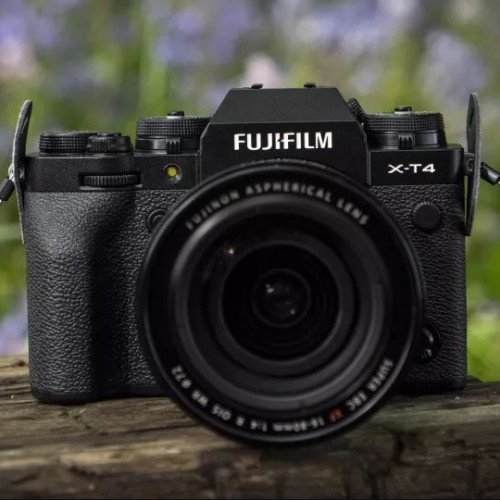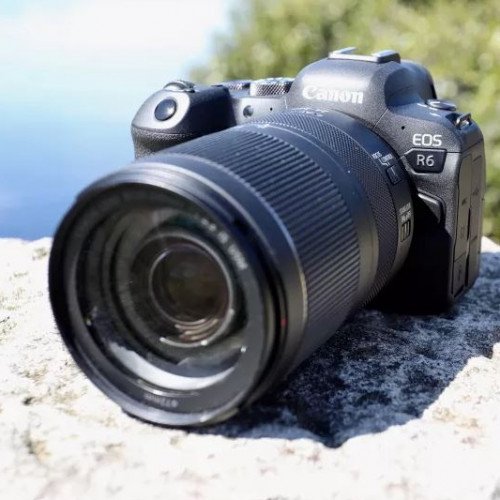Fujifilm X-T4 vs Canon EOS R6

Fujifilm X-T4
Looking for a hybrid camera that's just as capable at shooting video as it is stills? The Fujifilm X-T4 is the best option around. It's the finest APS-C camera we've ever tested and builds on the Fujifilm X-T3's impressive foundation by adding in-body image stabilization (IBIS), faster burst shooting and some successful design tweaks. Adding to its all-rounder skills are a bigger battery (which keeps it going for 500 shots per charge) and some improved autofocus, which is fast and reliable in most scenarios. Its 26MP APS-C sensor remains class-leading for stills, but the X-T4's real trump card is its performance as a video camera. The IBIS is a huge bonus here, and the X-T4 backs that up with a huge range of tools and a great shooting experience, including a fully articulating touchscreen. It might cost the same as many full-frame cameras, but the X-T4 and its fine range of X-series lenses make a great, smaller alternative for those looking for a mirrorless all-rounder.
Statistics for this Xoptio

Canon EOS R6
While the Canon EOS R5 is overkill for most people, the EOS R6 is a more affordable full-frame alternative that is simply one of the best cameras you can buy today. If you already own one of Canon's early mirrorless full-framers like the EOS R, or any of its DSLRs, this is a more than worthy upgrade. The EOS R6 brings best-in-class autofocus, a superb in-body image stabilization system, and burst shooting powers that mark it out as a very fine camera for wildlife or sports photography. Despite its ability to shoot 4K/60p video, the EOS R6 lacks options like the ability to DCI 4K and has overheating limitations compared to rivals like the Sony A7S III, making it better suited to stills photographers. But for the latter, it's an excellent (if pricey) option that delivers hugely impressive autofocus, handling and features that make it one of the best options around for anyone looking to move into full-frame photography.